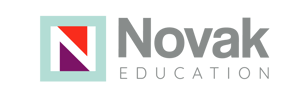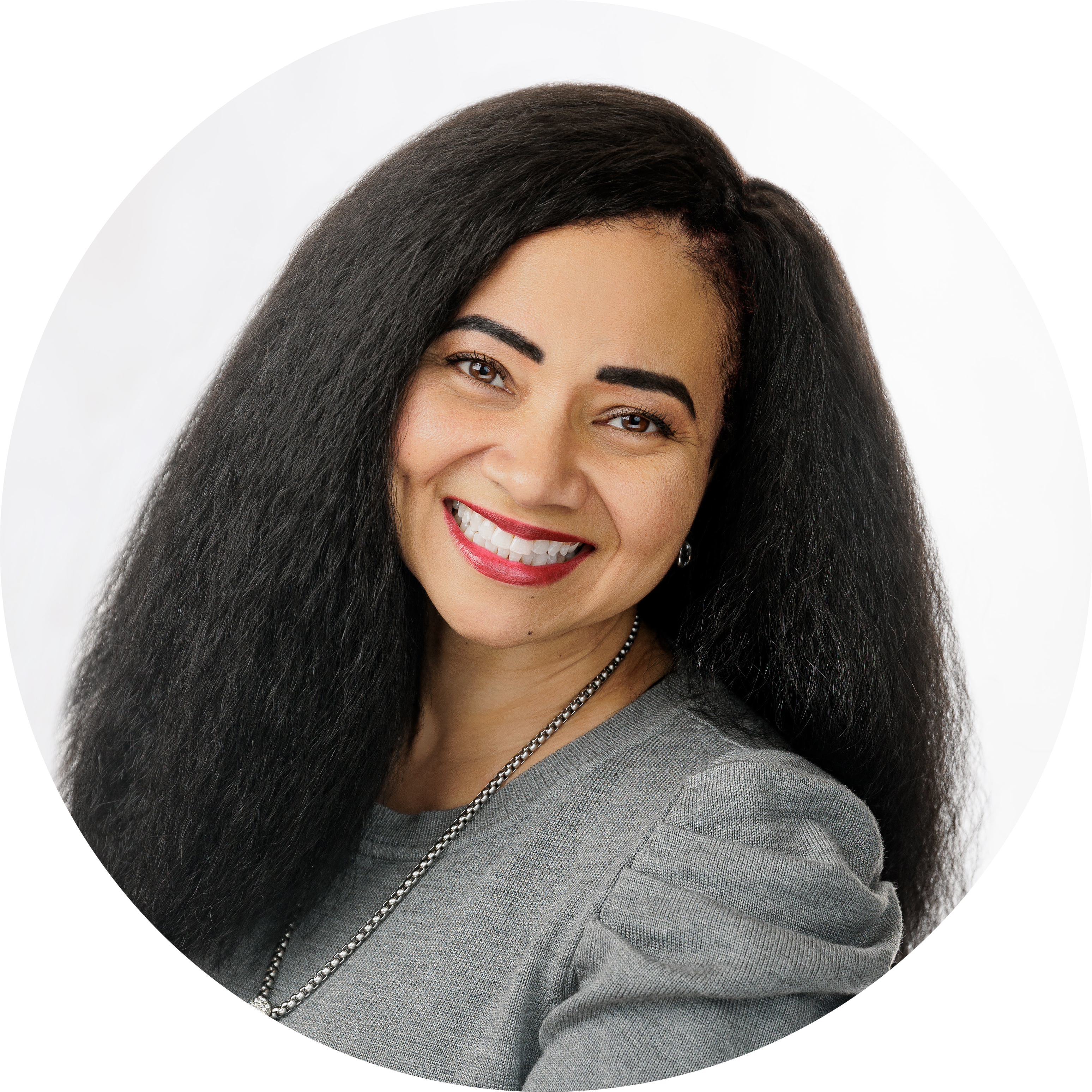Dear Pre-Service Teachers, Professors, and People Who Love Future Educators,
Let’s just cut to the chase: teaching is wild.
There’s no amount of Pinterest boards, TikTok hacks, or “back-to-school” Target runs that will fully prepare you for the moment you realize one kid in your class is reading at a college level, another is still working on decoding “cat,” one won’t speak, one won’t stop speaking, and another is in the corner building an exact replica of the Eiffel Tower out of paper clips.
And they all need to learn. At the same time. From you.
Cue: Universal Design for Learning (UDL) – the unsung hero of education prep. The Beyoncé of lesson planning. The life raft you didn’t know you’d need until you're metaphorically drowning in a sea of differentiated learning needs, IEPs, language barriers, and unexpected fire drills.
Wait, What Even Is UDL?
Glad you asked, future world-changer.
Universal Design for Learning is not a new seating chart strategy or a magic worksheet that works for every learner. It’s a mindset. A framework. A way of thinking about teaching and learning that assumes variability is the rule, not the exception.
UDL is built on the idea that there’s no such thing as an “average learner.” (Spoiler: that kid doesn’t exist.) Instead of planning for the mythical middle, we design from the margins. We build flexible pathways so every scholar can access, engage with, and express their learning in ways that actually work for them.
It's kind of like designing a building with ramps, elevators, and wide doorways from the start, not waiting until someone shows up in a wheelchair and then scrambling to add a ramp made of cardboard and duct tape. (Don’t be that teacher.)
The Three Big Buckets of UDL
Let’s break this down:
-
Engagement – AKA: How do we get learners to actually care?
Motivation matters. UDL says: give options. Let scholars have a say in how they learn and how they show up. Let them set personal goals. Provide choices for collaboration or independent work. Maybe even let the scholar stand at the back of the room like a tiny philosopher, contemplating algebra in silence because that’s how they process best. (Hey, whatever works.) Engagement isn’t about entertainment; it’s about authentic investment.
-
Representation – AKA: How do we make the content make sense to everyone?
Not every brain lights up when reading a dense text or hearing a lecture. In fact, most don’t. UDL says: present the material in multiple ways, not just for variety, but for accessibility and clarity. That might mean offering a video, a graphic organizer, a podcast, a hands-on activity, or a visual model, and then allowing scholars to interact with the format that helps them learn best. This isn’t about doing five versions of the same lesson every day. It’s about offering flexible points of entry into the content so scholars can actually grasp what’s being taught. Because when kids don’t understand, they don’t engage.
-
Action & Expression – AKA: How do we let scholars show what they know?
Here’s where a lot of people misunderstand UDL: it’s not a free-for-all. If the standard requires writing, everyone still writes. But UDL says we can offer multiple pathways, tools, and supports to get there. Think graphic organizers, word banks, dictation software, peer support, exemplars - whatever helps the scholar develop and demonstrate the required skill. On the flip side, if the goal is open, like demonstrating understanding of a concept or retelling a story, then UDL says let scholars pick the best tool for the job. A comic strip, a podcast, a skit, a video essay? Go for it. The point is: we match flexibility to the learning goal. UDL isn’t about lowering expectations; it’s about eliminating barriers.
Why You Should Care (Yes, Even Before You Have a Classroom)
Here’s the deal: you’re entering the profession at a time when classrooms are more diverse, more tech-savvy, and more beautifully complicated than ever before. Scholars are coming in with a range of strengths, needs, lived experiences, and yes, traumas.
UDL gives you the tools to design lessons that are inclusive from the start.
Not reactive. Not last-minute. Not panic-googled at midnight.
And honestly? UDL makes your job easier. Not harder.
It helps reduce behavior issues (because scholars are engaged).
It improves outcomes (because scholars can actually access the content).
It saves you from the dreaded “I already taught this, why don’t they get it?” spiral.
Here’s where we come in.
We don’t just talk about UDL—we teach it. We work with teacher prep programs, universities, and aspiring educators like you to break down this framework in practical, engaging, and occasionally hilarious ways. We’ll show you how to apply UDL to real lesson planning, how to shift your mindset, and how to walk into your first classroom with confidence instead of chaos.
So, dear faculty, professors, and deans of teacher ed:
Let us show your scholars how to teach in a way that’s inclusive, proactive, and—dare we say, joyful.
Whether you're preparing future educators or are one, we’d love to partner with you to bring UDL to life through hands-on professional learning that’s grounded, flexible, and fun (yes, really).



